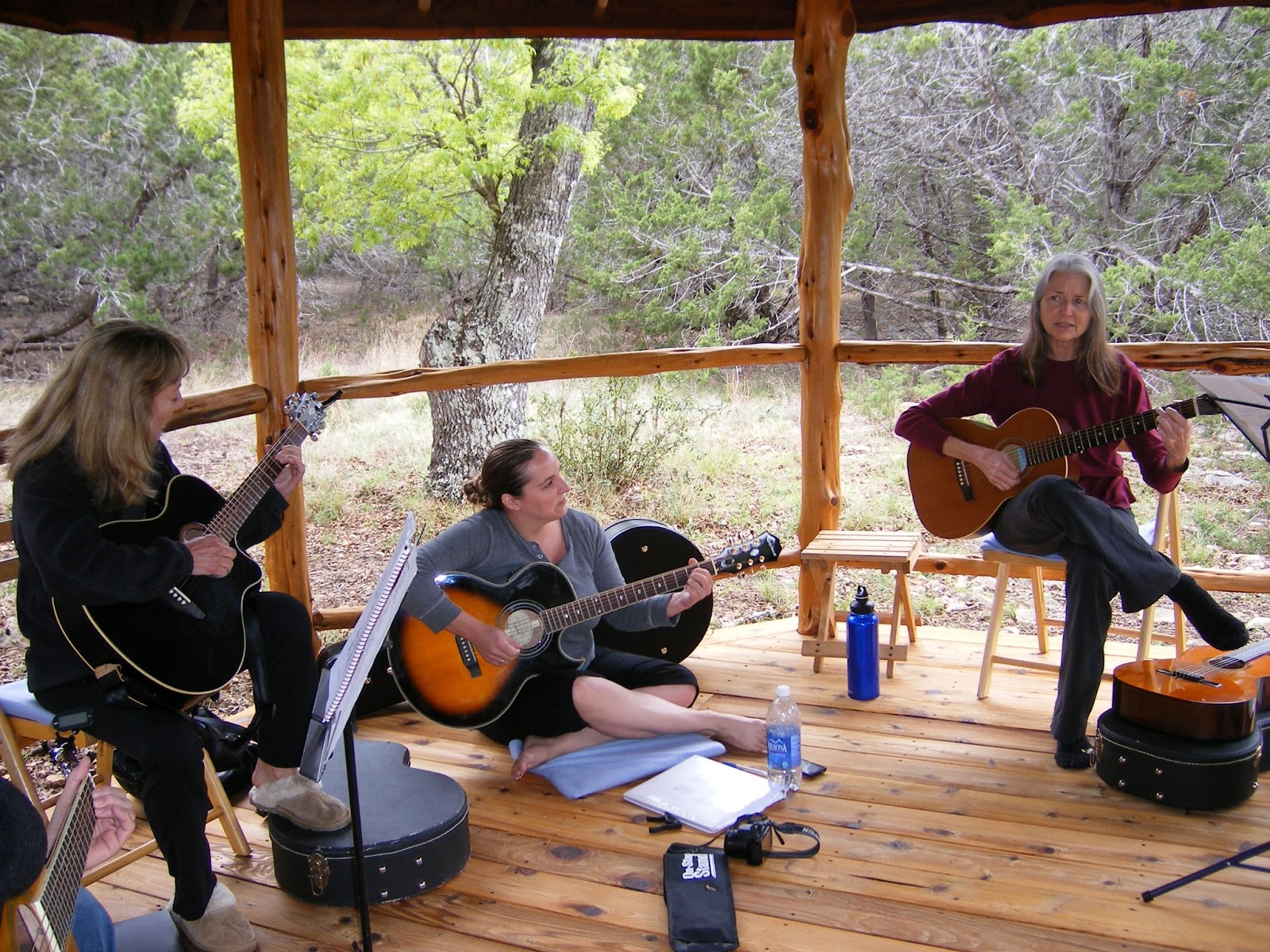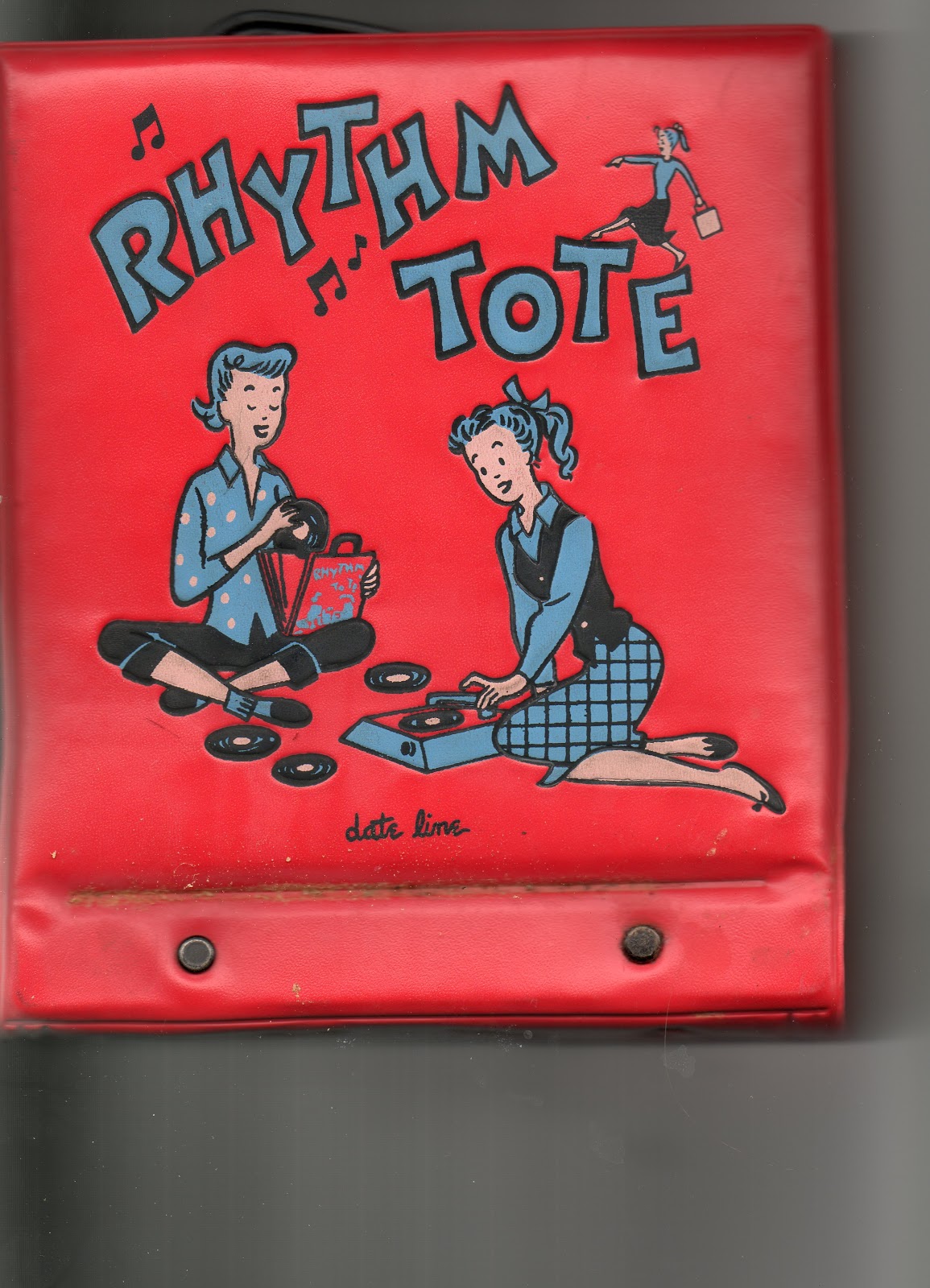Each of us has a unique nature and each of us comes to learning guitar and expressing musically from a place that is tied to that nature. As both a teacher and someone committed to my own evolution, I am constantly investigating the many different ways we humans learn, process and actualize, as well as what we find to be stimulating, what motivates us and what makes us feel comfortable and safe. In teaching, I benefit from analyzing and responding to the way people learn best (aural, visual, kinesthetic, etc.) and whether they operate primarily from the left brain or the right, as well as whether they are more active or passive in approach, what constitutes their optimum concentration span, their natural tempo for communication and much more. In working with a variety of traits, I have come to feel that the element in our nature that may drive or affect our relationship to creativity and performance the most is our place on the spectrum of introversion or extroversion.
We live in a culture that places a high value on extroversion. Our culture also values creativity, however, which seems somewhat ironic, as the majority of people who are assessed as creative are also classified as introverts. The irony lies in the fact that representing oneself as a musician or other artist is likely to be uncomfortable for the introvert and performing may feel like torture. Even entering into the study of music can be daunting, due to the generally accepted cultural values of wealth and fame, as represented by an emphasis on stardom and self-promotion.
Many of my new guitar students reveal a lot about their nature in our first conversation by announcing “I just want to do this for my own enjoyment.” Others reveal their dreams of fame and their dedication to the path that will lead them to those dreams. Those students who recognize their own traits are able not only to nourish their own inner being, but also to inform others of those traits, in order to receive respect and assistance with their goals.
There is no set definition of introversion or extroversion – or, perhaps more accurately, there are many definitions. None of us is 100% introvert or extrovert, but most of us fall somewhere on the spectrum of either introversion or extroversion. When determining introversion or extroversion, it is often necessary to look below the surface. For example, it is quite possible to be shy and be an extrovert or to be an anxious introvert as opposed to one who is calm. Because I am gregarious and talkative (traits usually attributed to extroverts), I am often mistaken as an extrovert, but when given the choice between attending a party or spending quiet time with a book, I will go for the book every time. I need and enjoy people, but I always choose one-on-one conversation over group interactions. I am uncomfortable in the spotlight and I require a lot of time alone – preferably in nature – in order to charge my creative battery and maintain my physical health and emotional well-being. Those are traits that place me solidly on the introvert spectrum. It is worthwhile to take time to discover your own traits in order to provide for yourself the optimum environment for comfort, productivity and creativity.
If you are interested in these ideas, you will want to read Quiet: The Power of Introverts in a Noisy World, by Susan Cain. It is a provocative and informative book and one that I consider important. Check out this TED talk by the author to learn about the subject and get a feel for the book. For a shorter synopsis that is accompanied by Molly Crabapple’s wonderful illustrations, take a few minutes to enjoy this entertaining video.
Enjoy being who you are – The world needs all of us!





